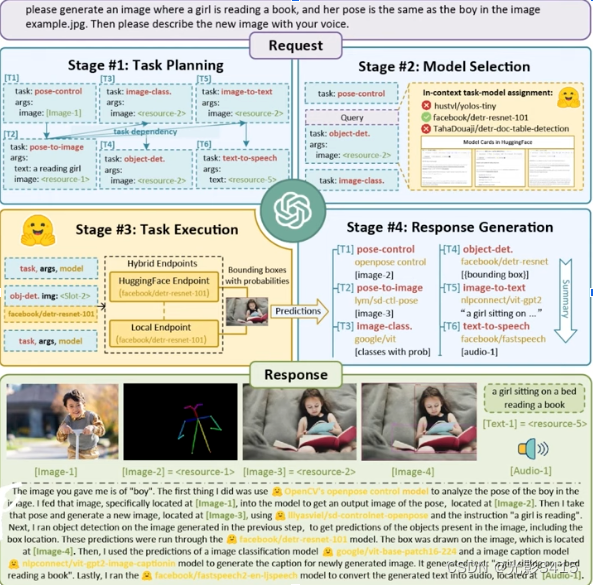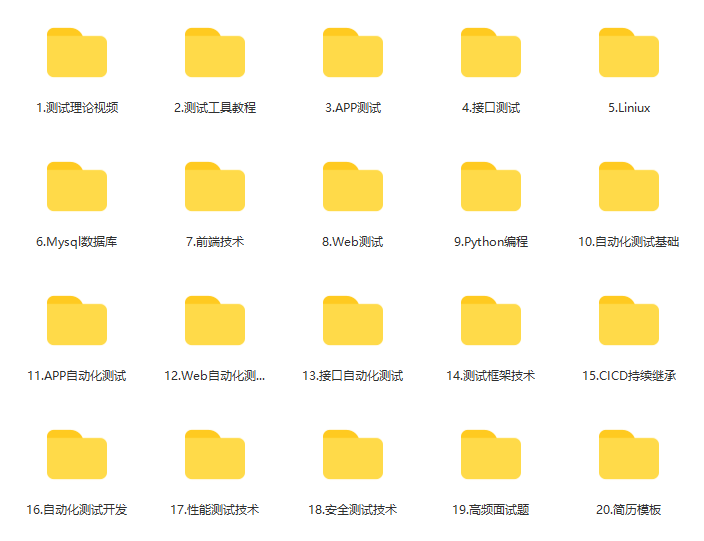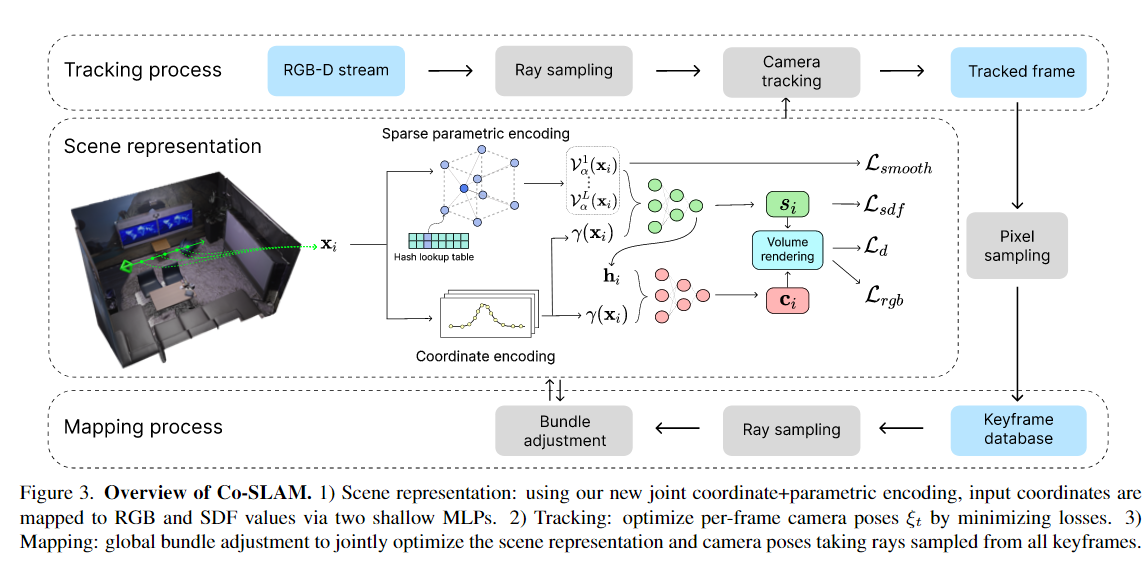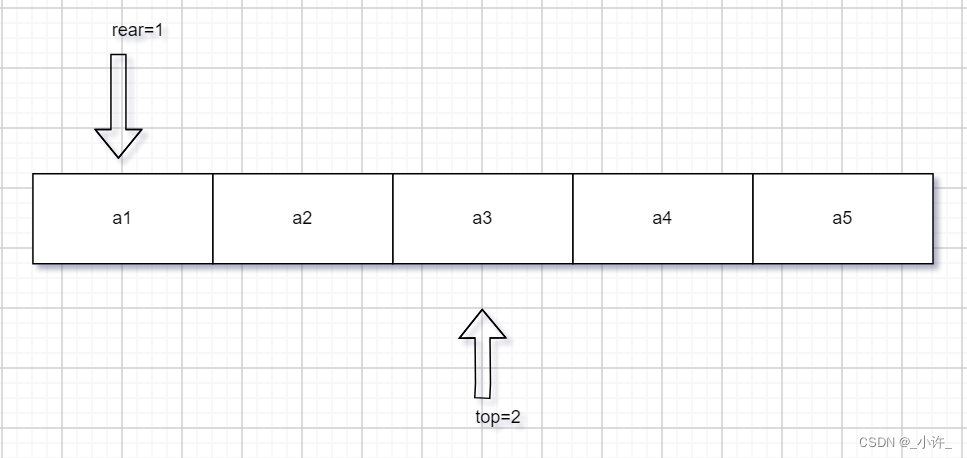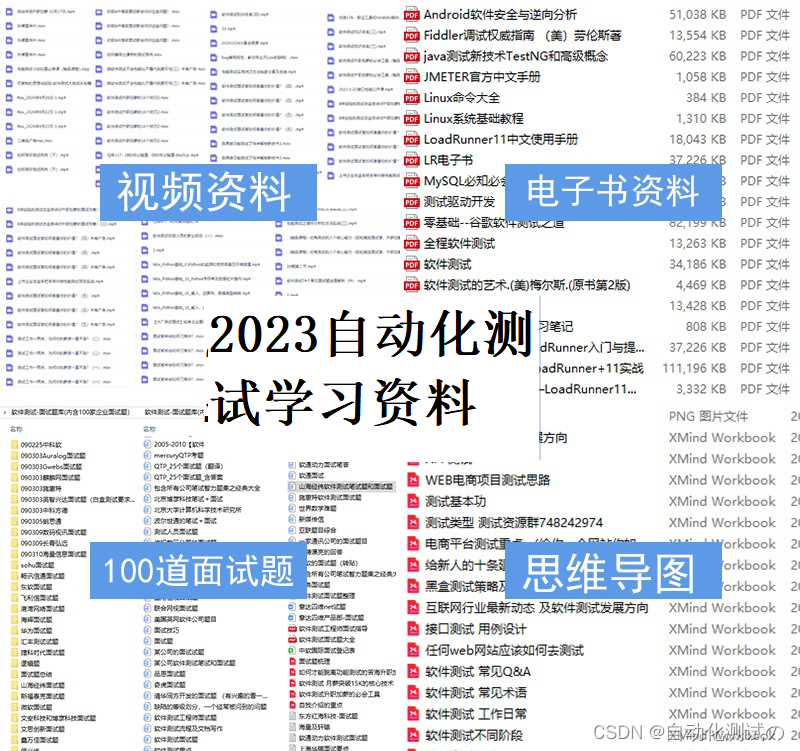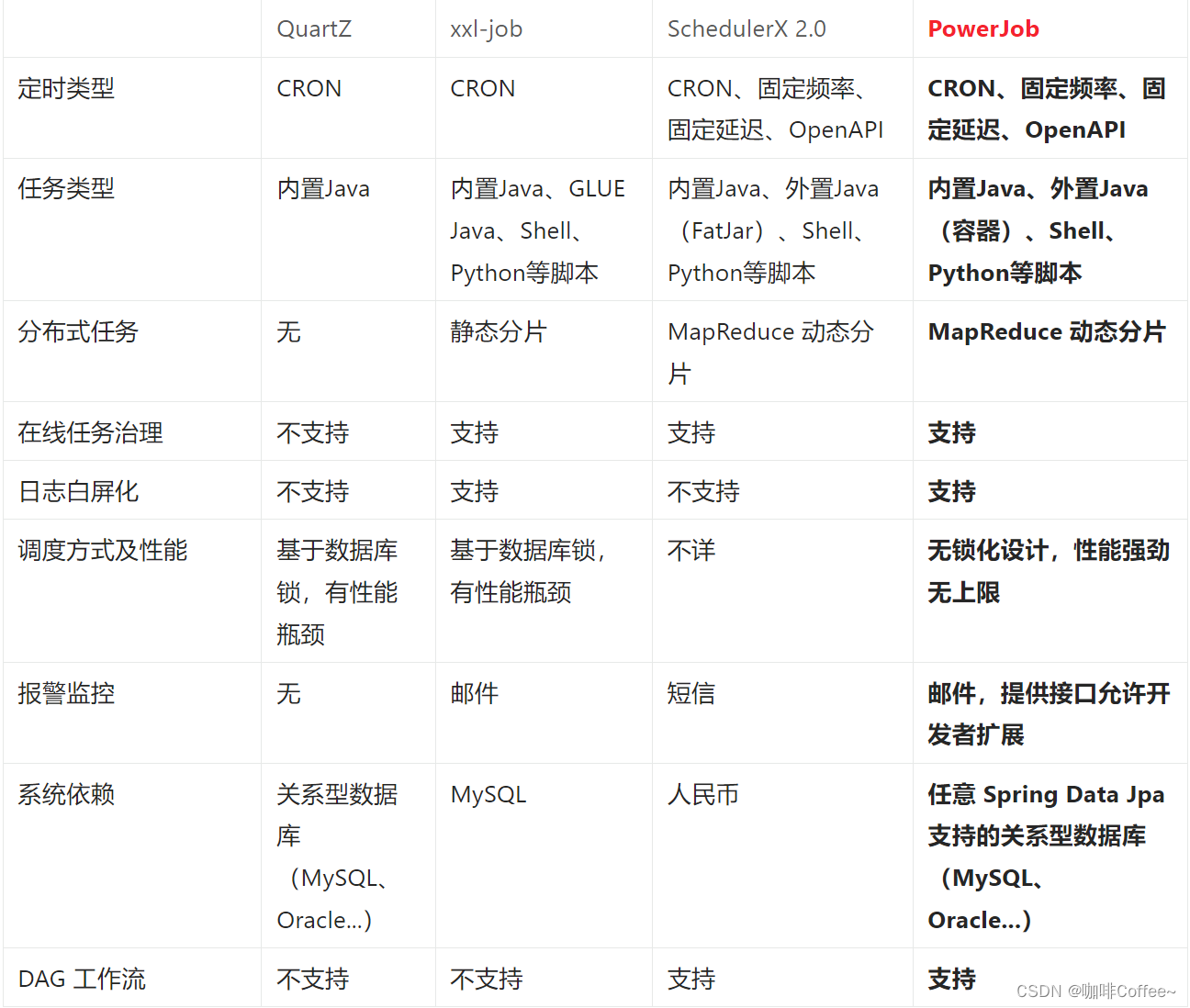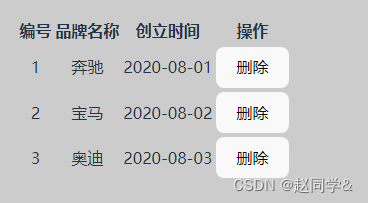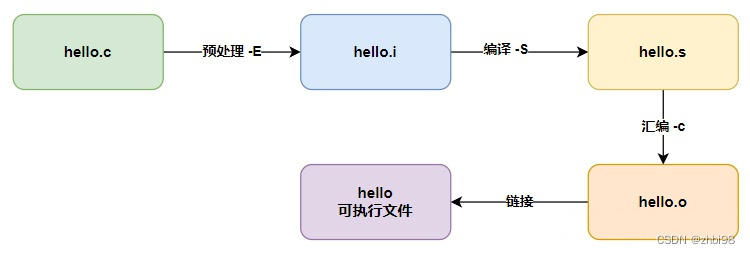一、两者的应用列举
1-1.曲面细分着色器的应用
①海浪、雪地等

2著名的应用:和置换贴图(DIsplacement mapping,也叫位移贴图)结合使用
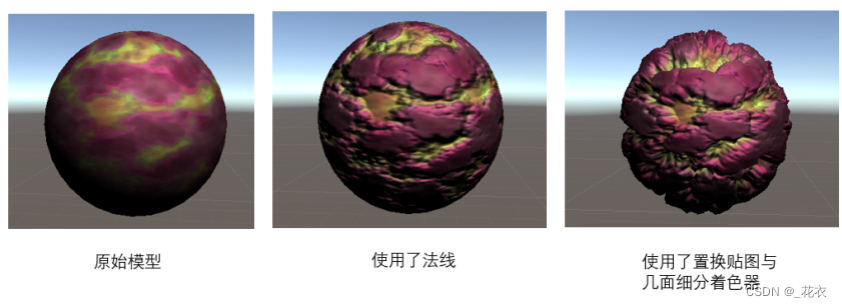
● 使用普通法线的模型,在边缘部分的凹凸感会不理想
● 如果使用置换贴图,因为它是真正改变物体的形状,所以边缘部分的凹凸感就会很真实
● 注意:使用置换贴图,对模型的面数有要求。
○ 正是这个原因,让它和曲面细分着色器有着很好的契合度。
③雪地里出现的脚印**
● 可以用曲面细分着色器进行优化
1-2.为什么不用复杂的模型,而要用曲面细分着色器?
● 曲面细分着色器可以根据距离/一些规则,动态的调整模型的复杂度,带来更好的性能。
2.几何着色器的应用
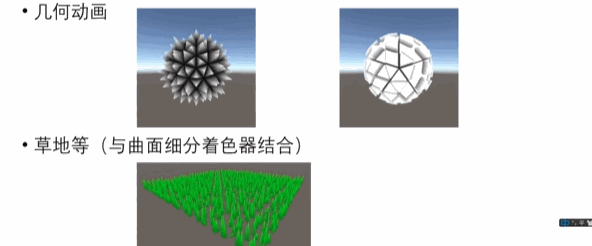
①几何动画
简单的几何动画、甚至可以做一些破碎的效果
②草地等效果(与曲面细分结合)
自定义草的画法,再和曲面细分着色器结合,就可以得到一个可以动态调整草密度的一个草地效果
二、从管线顺序来看
渲染流水线:
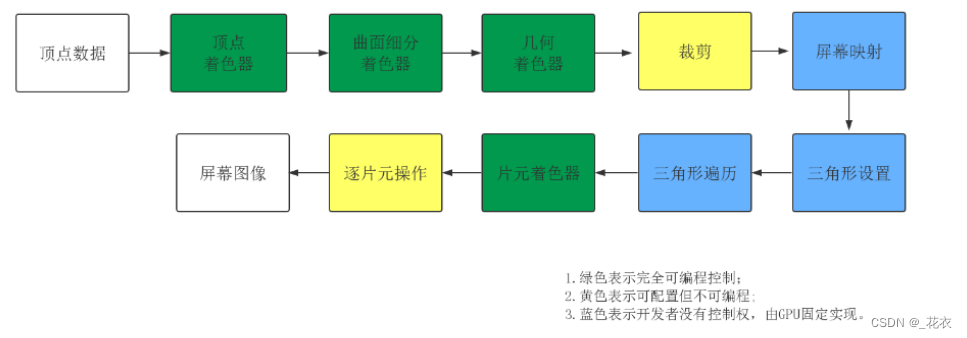
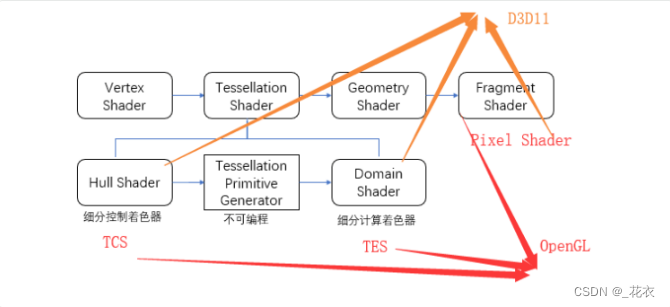
○ 整体顺序:顶点 → 曲面细分 → 几何 → 片元
■ 曲面细分又分为:Hull shader 、Tessellation Primitive Generator 、 Domain shader
● Hull shader主要作用:定义一些细分的参数(如:每条边上如何细分,内部三角形如何细分)
● Tessellation Primitive Generator,不可编程的
● Domain shader:经过曲面细分着色器细分后的点是位于重心空间的,这部分的作用就是把它转化到我们要用的空间。
○ 在D3D11 和 OpenGL中,名字/叫法有差异,问题不大
三、曲面细分着色器-Tessellation shaderTESS
1.TESS的输入和输出
输入
● 称为Patch,可以看成是多个顶点的集合,包含每个顶点的属性。(属性是所有顶点共享的,不是每个顶点有独自的属性)
功能
● 将图元进行细分。
○ 图元可以是三角形、矩形等
● 不同的图元,输入参数也不一样。
输出
● 细分后的顶点
2.TESS的流程
Hull shader → Tessellation Primitive Generator → Domain shader
Hull shader
● 定义细分的参数
○ Tessellation factor
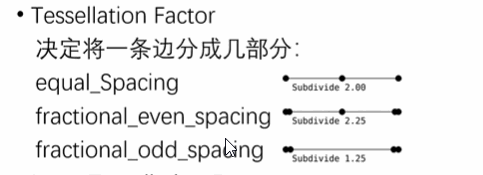
○ Inner Tessellation factor

● (如果需要的话)可以对输入的Patch参数进行改变
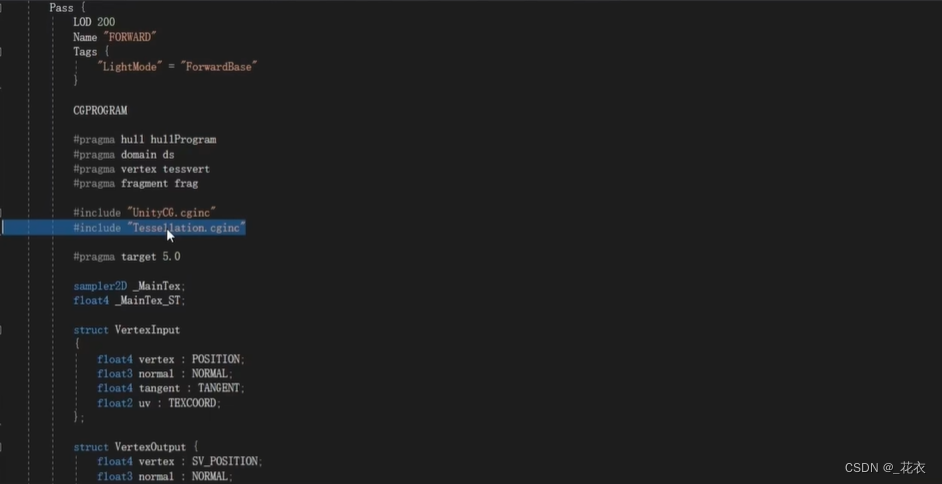
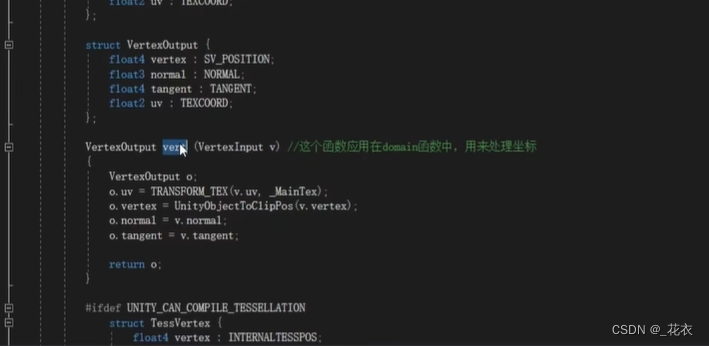

Shader "Unlit/TessShader"
{
Properties
{
_TessellationUniform("TessellationUniform",Range(1,64)) = 1
}
SubShader
{
Tags { "RenderType"="Opaque" }
LOD 100
Pass
{
CGPROGRAM
//定义2个函数 hull domain
#pragma hull hullProgram
#pragma domain ds
#pragma vertex tessvert
#pragma fragment frag
#include "UnityCG.cginc"
//引入曲面细分的头文件
#include "Tessellation.cginc"
#pragma target 5.0
struct VertexInput
{
float4 vertex : POSITION;
float2 uv : TEXCOORD0;
float3 normal : NORMAL;
float4 tangent : TANGENT;
};
struct VertexOutput
{
float2 uv : TEXCOORD0;
float4 vertex : SV_POSITION;
float3 normal : NORMAL;
float4 tangent : TANGENT;
};
VertexOutput vert (VertexInput v)
//这个函数应用在domain函数中,用来空间转换的函数
{
VertexOutput o;
o.vertex = UnityObjectToClipPos(v.vertex);
o.uv = v.uv;
o.tangent = v.tangent;
o.normal = v.normal;
return o;
}
//有些硬件不支持曲面细分着色器,定义了该宏就能够在不支持的硬件上不会变粉,也不会报错
#ifdef UNITY_CAN_COMPILE_TESSELLATION
//顶点着色器结构的定义
struct TessVertex{
float4 vertex : INTERNALTESSPOS;
float3 normal : NORMAL;
float4 tangent : TANGENT;
float2 uv : TEXCOORD0;
};
struct OutputPatchConstant {
//不同的图元,该结构会有所不同
//该部分用于Hull Shader里面
//定义了patch的属性
//Tessellation Factor和Inner Tessellation Factor
float edge[3] : SV_TESSFACTOR;
float inside : SV_INSIDETESSFACTOR;
};
TessVertex tessvert (VertexInput v){
//顶点着色器函数
TessVertex o;
o.vertex = v.vertex;
o.normal = v.normal;
o.tangent = v.tangent;
o.uv = v.uv;
return o;
}
float _TessellationUniform;
OutputPatchConstant hsconst (InputPatch<TessVertex,3> patch){
//定义曲面细分的参数
OutputPatchConstant o;
o.edge[0] = _TessellationUniform;
o.edge[1] = _TessellationUniform;
o.edge[2] = _TessellationUniform;
o.inside = _TessellationUniform;
return o;
}
[UNITY_domain("tri")]//确定图元,quad,triangle等
[UNITY_partitioning("fractional_odd")]//拆分edge的规则,equal_spacing,fractional_odd,fractional_even
[UNITY_outputtopology("triangle_cw")]
[UNITY_patchconstantfunc("hsconst")]//一个patch一共有三个点,但是这三个点都共用这个函数
[UNITY_outputcontrolpoints(3)] //不同的图元会对应不同的控制点
TessVertex hullProgram (InputPatch<TessVertex,3> patch,uint id : SV_OutputControlPointID){
//定义hullshaderV函数
return patch[id];
}
[UNITY_domain("tri")]//同样需要定义图元
VertexOutput ds (OutputPatchConstant tessFactors, const OutputPatch<TessVertex,3>patch,float3 bary :SV_DOMAINLOCATION)
//bary:重心坐标
{
VertexInput v;
v.vertex = patch[0].vertex*bary.x + patch[1].vertex*bary.y + patch[2].vertex*bary.z;
v.tangent = patch[0].tangent*bary.x + patch[1].tangent*bary.y + patch[2].tangent*bary.z;
v.normal = patch[0].normal*bary.x + patch[1].normal*bary.y + patch[2].normal*bary.z;
v.uv = patch[0].uv*bary.x + patch[1].uv*bary.y + patch[2].uv*bary.z;
VertexOutput o = vert (v);
return o;
}
#endif
float4 frag (VertexOutput i) : SV_Target
{
return float4(1.0,1.0,1.0,1.0);
}
ENDCG
}
}
Fallback "Diffuse"
}
Tessellation Primitive Generator
● 这部分是不可编程、无法控制的
● 进行细分操作
Domain shader
● 对细分后的点进行处理,从重心空间(Barycentric coordinate system)转换到屏幕空间
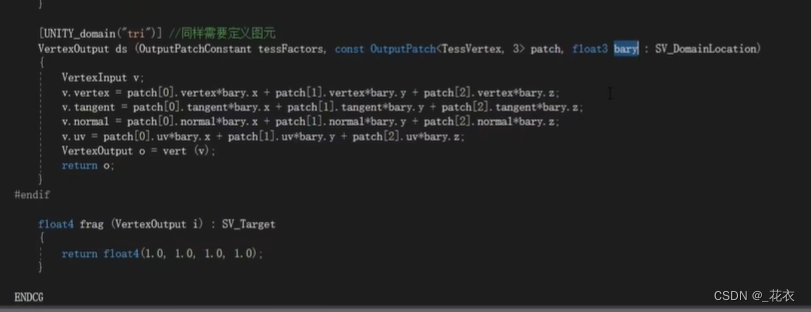
Demo
和置换贴图结合
● 基本原理
○ 通过置换贴图的深度,来把顶点沿着它的法线方向进行移动,以此来对mash进行形变。
● 代码部分和上个Demo的区别也就是在顶点shader部分对顶点进行了位移、和一些计算法线的参数。(因为顶点位移后没有对应的法线贴图,所以需要自己计算一下,具体怎么算先不讲,属于置换贴图部分的知识)
//曲面细分Demo2:与置换贴图结合使用
Shader "Unlit/Tess_Diss_Shader"
{
Properties
{
_MainTex("MainTex",2D) = "white"{}
_DisplacementMap("_DisplacementMap",2D)="gray"{}
_DisplacementStrength("DisplacementStrength",Range(0,1)) = 0
_Smoothness("Smoothness",Range(0,5))=0.5
_TessellationUniform("TessellationUniform",Range(1,64)) = 1
}
SubShader
{
Tags { "RenderType"="Opaque"
"LightMode"="ForwardBase"}
LOD 100
Pass
{
CGPROGRAM
//定义2个函数 hull domain
#pragma hull hullProgram
#pragma domain ds
#pragma vertex tessvert
#pragma fragment frag
#include "UnityCG.cginc"
#include "Lighting.cginc"
//引入曲面细分的头文件
#include "Tessellation.cginc"
#pragma target 5.0
float _TessellationUniform;
sampler2D _MainTex;
float4 _MainTex_ST;
sampler2D _DisplacementMap;
float4 _DisplacementMap_ST;
float _DisplacementStrength;
float _Smoothness;
struct VertexInput
{
float4 vertex : POSITION;
float2 uv : TEXCOORD0;
float3 normal : NORMAL;
float4 tangent : TANGENT;
};
struct VertexOutput
{
float2 uv : TEXCOORD0;
float4 pos : SV_POSITION;
float4 worldPos:TEXCOORD1;
half3 tspace0 :TEXCOORD2;
half3 tspace1 :TEXCOORD3;
half3 tspace2 :TEXCOORD4;
};
VertexOutput vert (VertexInput v)
//这个函数应用在domain函数中,用来空间转换的函数
{
VertexOutput o;
o.uv = TRANSFORM_TEX(v.uv,_MainTex);
//Displacement
//由于并不是在Fragnent shader中读取图片,GPU无法获取mipmap信息,因此需要使用tex2Dlod来读取图片,使用第四坐标作为mipmap的level,这里取了0
float Displacement = tex2Dlod(_DisplacementMap,float4(o.uv.xy,0.0,0.0)).g;
Displacement = (Displacement-0.5)*_DisplacementStrength;
v.normal = normalize(v.normal);
v.vertex.xyz += v.normal * Displacement;
o.pos = UnityObjectToClipPos(v.vertex);
o.worldPos = mul(unity_ObjectToWorld, v.vertex);
//计算切线空间转换矩阵
half3 vNormal = UnityObjectToWorldNormal(v.normal);
half3 vTangent = UnityObjectToWorldDir(v.tangent.xyz);
//compute bitangent from cross product of normal and tangent
half tangentSign = v.tangent.w * unity_WorldTransformParams.w;
half3 vBitangent = cross(vNormal,vTangent)*tangentSign;
//output the tangent space matrix
o.tspace0 = half3(vTangent.x,vBitangent.x,vNormal.x);
o.tspace1 = half3(vTangent.y,vBitangent.y,vNormal.y);
o.tspace2 = half3(vTangent.z,vBitangent.z,vNormal.z);
return o;
}
//有些硬件不支持曲面细分着色器,定义了该宏就能够在不支持的硬件上不会变粉,也不会报错
#ifdef UNITY_CAN_COMPILE_TESSELLATION
//顶点着色器结构的定义
struct TessVertex{
float4 vertex : INTERNALTESSPOS;
float3 normal : NORMAL;
float4 tangent : TANGENT;
float2 uv : TEXCOORD0;
};
struct OutputPatchConstant {
//不同的图元,该结构会有所不同
//该部分用于Hull Shader里面
//定义了patch的属性
//Tessellation Factor和Inner Tessellation Factor
float edge[3] : SV_TESSFACTOR;
float inside : SV_INSIDETESSFACTOR;
};
TessVertex tessvert (VertexInput v){
//顶点着色器函数
TessVertex o;
o.vertex = v.vertex;
o.normal = v.normal;
o.tangent = v.tangent;
o.uv = v.uv;
return o;
}
//float _TessellationUniform;
OutputPatchConstant hsconst (InputPatch<TessVertex,3> patch){
//定义曲面细分的参数
OutputPatchConstant o;
o.edge[0] = _TessellationUniform;
o.edge[1] = _TessellationUniform;
o.edge[2] = _TessellationUniform;
o.inside = _TessellationUniform;
return o;
}
[UNITY_domain("tri")]//确定图元,quad,triangle等
[UNITY_partitioning("fractional_odd")]//拆分edge的规则,equal_spacing,fractional_odd,fractional_even
[UNITY_outputtopology("triangle_cw")]
[UNITY_patchconstantfunc("hsconst")]//一个patch一共有三个点,但是这三个点都共用这个函数
[UNITY_outputcontrolpoints(3)] //不同的图元会对应不同的控制点
TessVertex hullProgram (InputPatch<TessVertex,3> patch,uint id : SV_OutputControlPointID){
//定义hullshaderV函数
return patch[id];
}
[UNITY_domain("tri")]//同样需要定义图元
VertexOutput ds (OutputPatchConstant tessFactors, const OutputPatch<TessVertex,3>patch,float3 bary :SV_DOMAINLOCATION)
//bary:重心坐标
{
VertexInput v;
v.vertex = patch[0].vertex*bary.x + patch[1].vertex*bary.y + patch[2].vertex*bary.z;
v.tangent = patch[0].tangent*bary.x + patch[1].tangent*bary.y + patch[2].tangent*bary.z;
v.normal = patch[0].normal*bary.x + patch[1].normal*bary.y + patch[2].normal*bary.z;
v.uv = patch[0].uv*bary.x + patch[1].uv*bary.y + patch[2].uv*bary.z;
VertexOutput o = vert (v);
return o;
}
#endif
float4 frag (VertexOutput i) : SV_Target
{
float3 lightDir =_WorldSpaceLightPos0.xyz;
float3 tnormal = UnpackNormal (tex2D (_DisplacementMap, i.uv));
half3 worldNormal;
worldNormal.x=dot(i.tspace0,tnormal);
worldNormal.y= dot (i.tspace1, tnormal);
worldNormal.z=dot (i.tspace2, tnormal);
float3 albedo=tex2D (_MainTex, i.uv). rgb;
float3 lightColor = _LightColor0.rgb;
float3 diffuse = albedo * lightColor * DotClamped(lightDir,worldNormal);
float3 viewDir = normalize (_WorldSpaceCameraPos. xyz-i. worldPos. xyz);
float3 halfVector = normalize(lightDir + viewDir);
float3 specular = albedo * pow (DotClamped (halfVector, worldNormal), _Smoothness * 100);
float3 result = specular + diffuse;
return float4(result, 1.0);
return float4(result,1.0);
}
ENDCG
}
}
Fallback "Diffuse"
}
四、几何着色器-Geometry shader (GS)
1.GS的输入和输出
输入
● 输入为单个图元(三角形、矩形、线等等)
● 根据不同的图元,shader中会出现不同的顶点数量
输出
● 输出也为图元(一个或者多个)
● 同时还要定义输出的最大顶点数
● 输出的图元需要自己一个点一个点的自己去构建,顺序很重要(这个着色器最主要的功能:自己构建图元)
2.流程
● 输入输出结构
● 定义最大输出定点数
● 几何着色器
五、其他资料
● https://www.cnblogs.com/mazhenyu/p/3831986.html几何着色器
● catlike-曲面细分着色器:
○ https://catlikecoding.com/unity/tutorials/advanced-rendering/tessellation/
后续贴个实现链接

